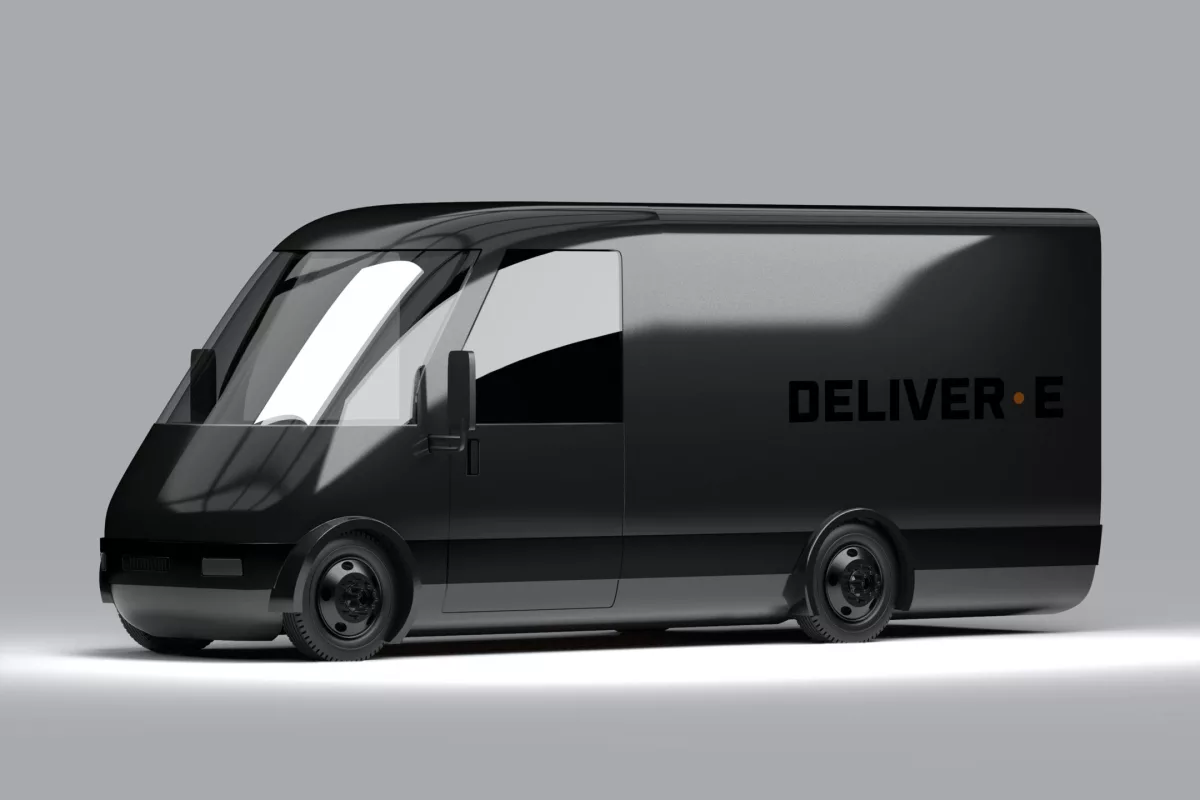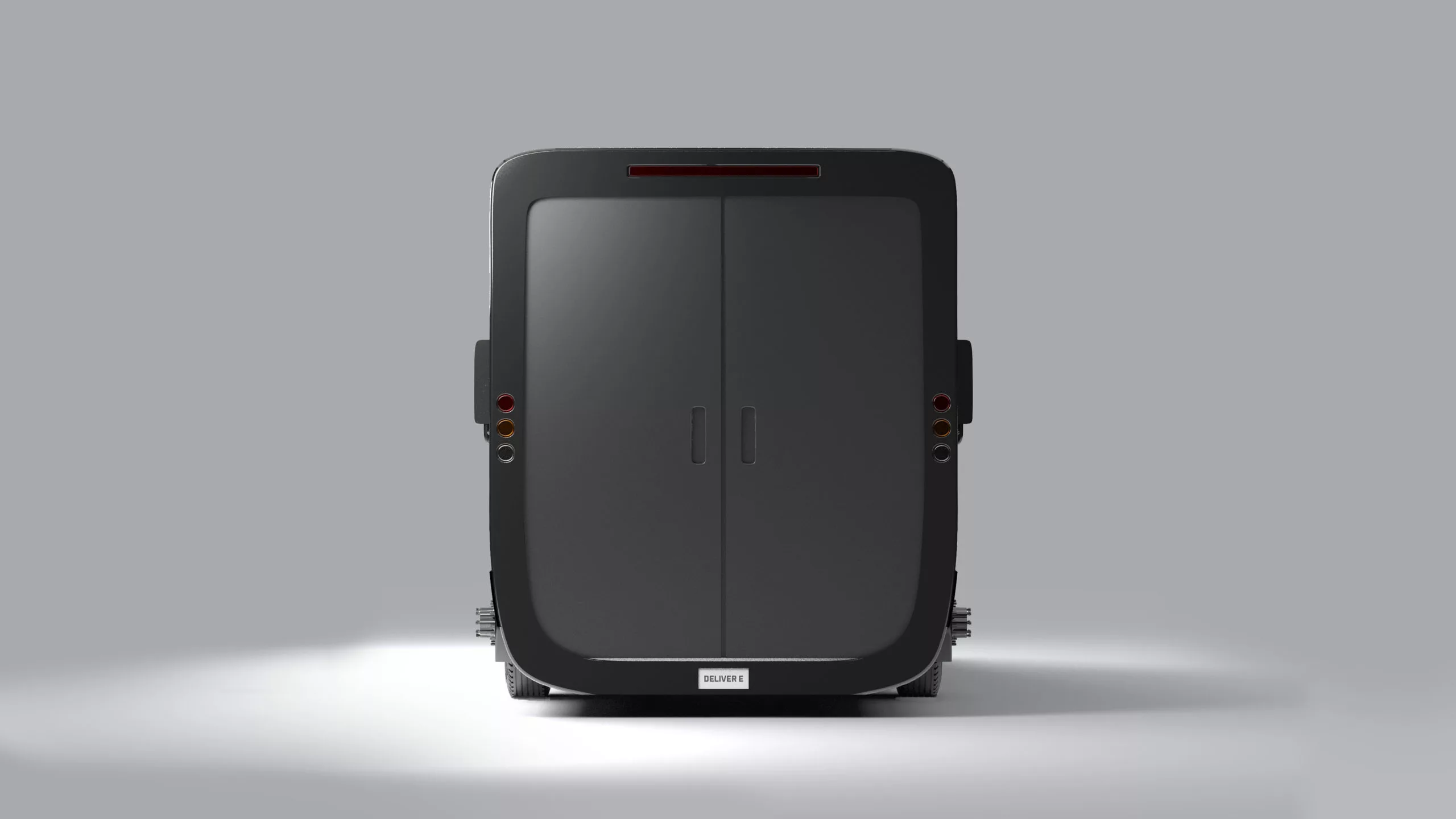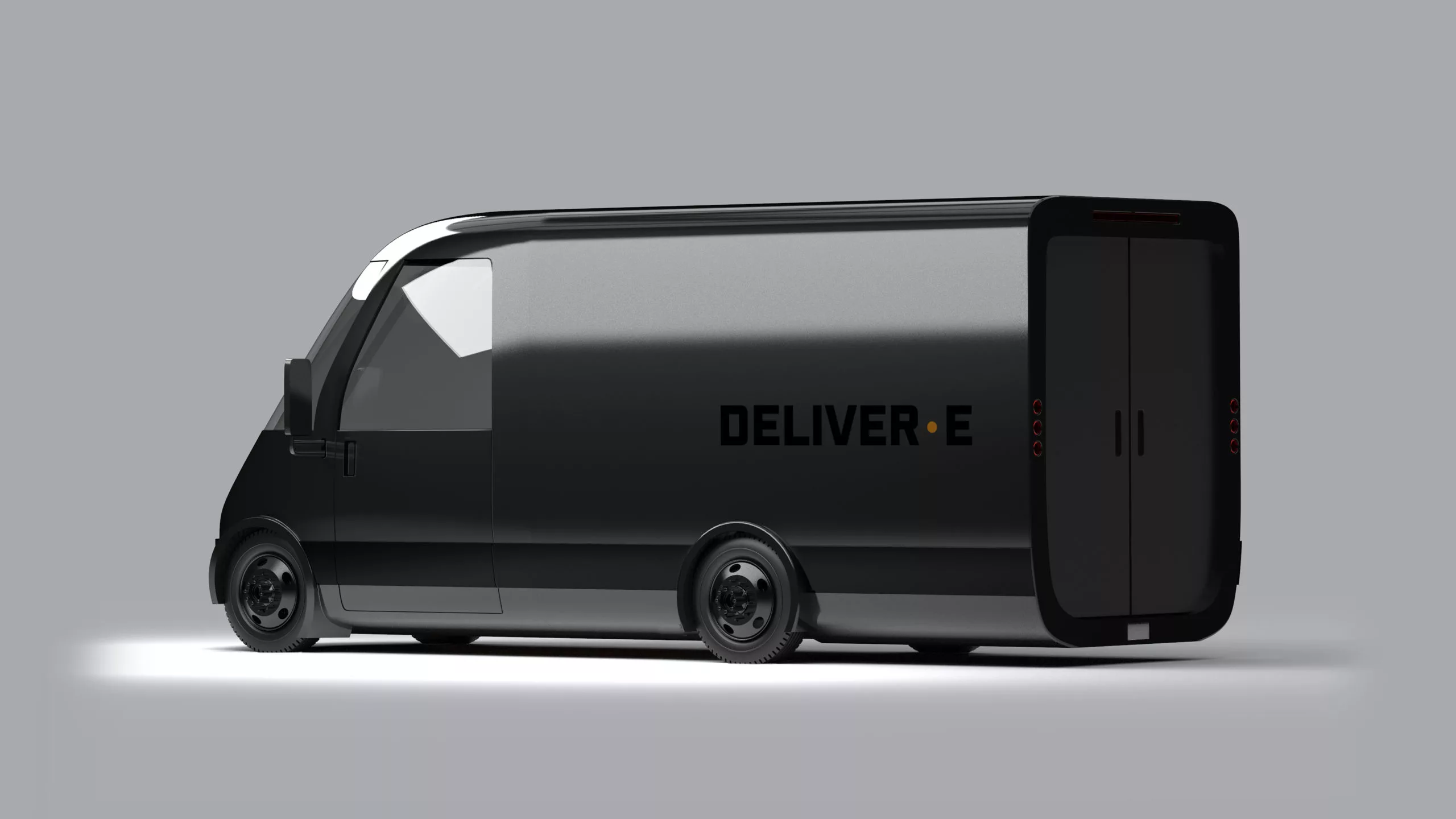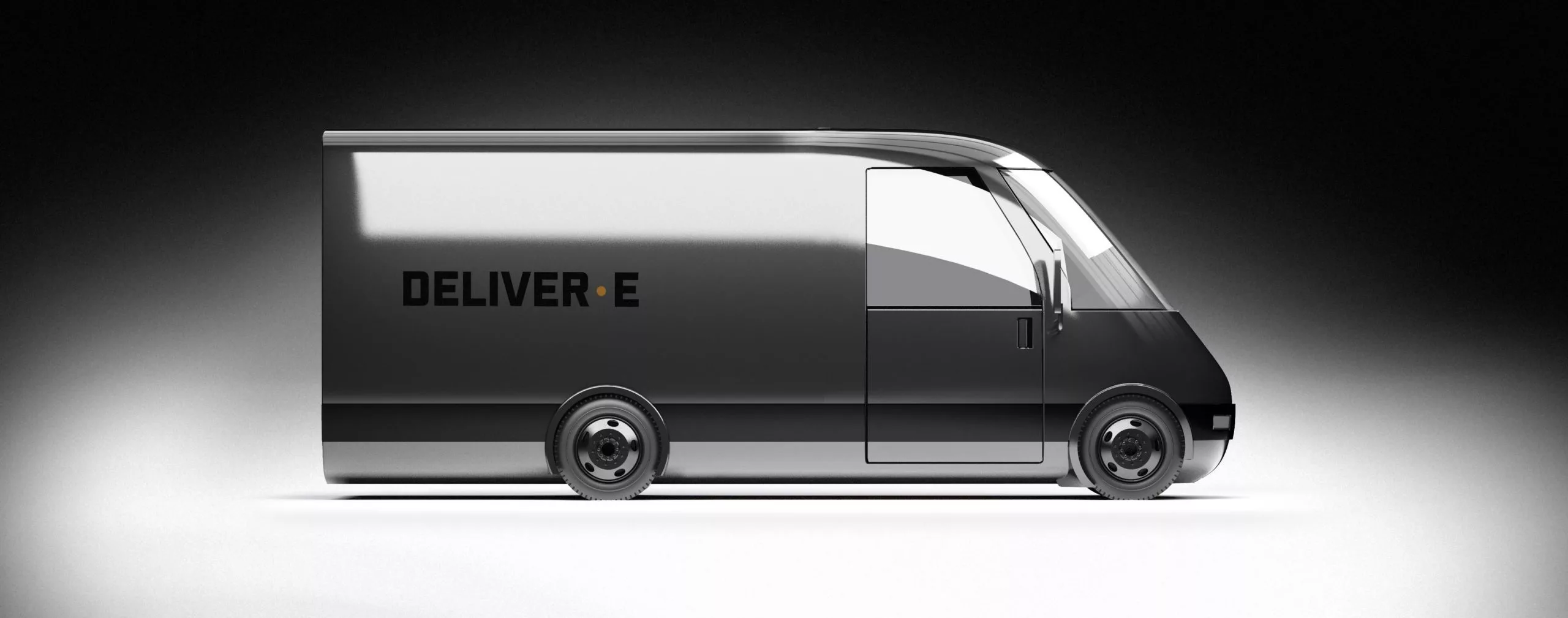Best known for its brutal, boxy, powerful electric off-roaders, Detroit's Bollinger has announced a slightly less brutal and boxy front-wheel-drive electric delivery van with a wide range of battery options, up to a massive 210 kWh.
The Deliver-E will be available in a range of sizes and wheelbase lengths, meeting class 2B, 3, 4 and 5 standards. Its floor will be just 18 inches (46 cm) off the ground, which Bollinger claims gives it the industry's lowest step-in height – as well as the ground clearance of a Lamborghini, by the looks of it.
It looks like a very uncomplicated vehicle, with motors up front, a giant flat-floored open space out back and minimal interior protrusions from the rear wheel arches to cut into its enormous cargo carrying space. Customers can spec these things with 70, 105, 140, 175 or 210 kWh worth of batteries. The Lucid Air sedan can allegedly pull 517 miles (832 km) out of a 130-kWh pack, for reference, so although the Deliver-E will be heavier and less aerodynamic, 240 kWh should give it a pretty epic range figure.
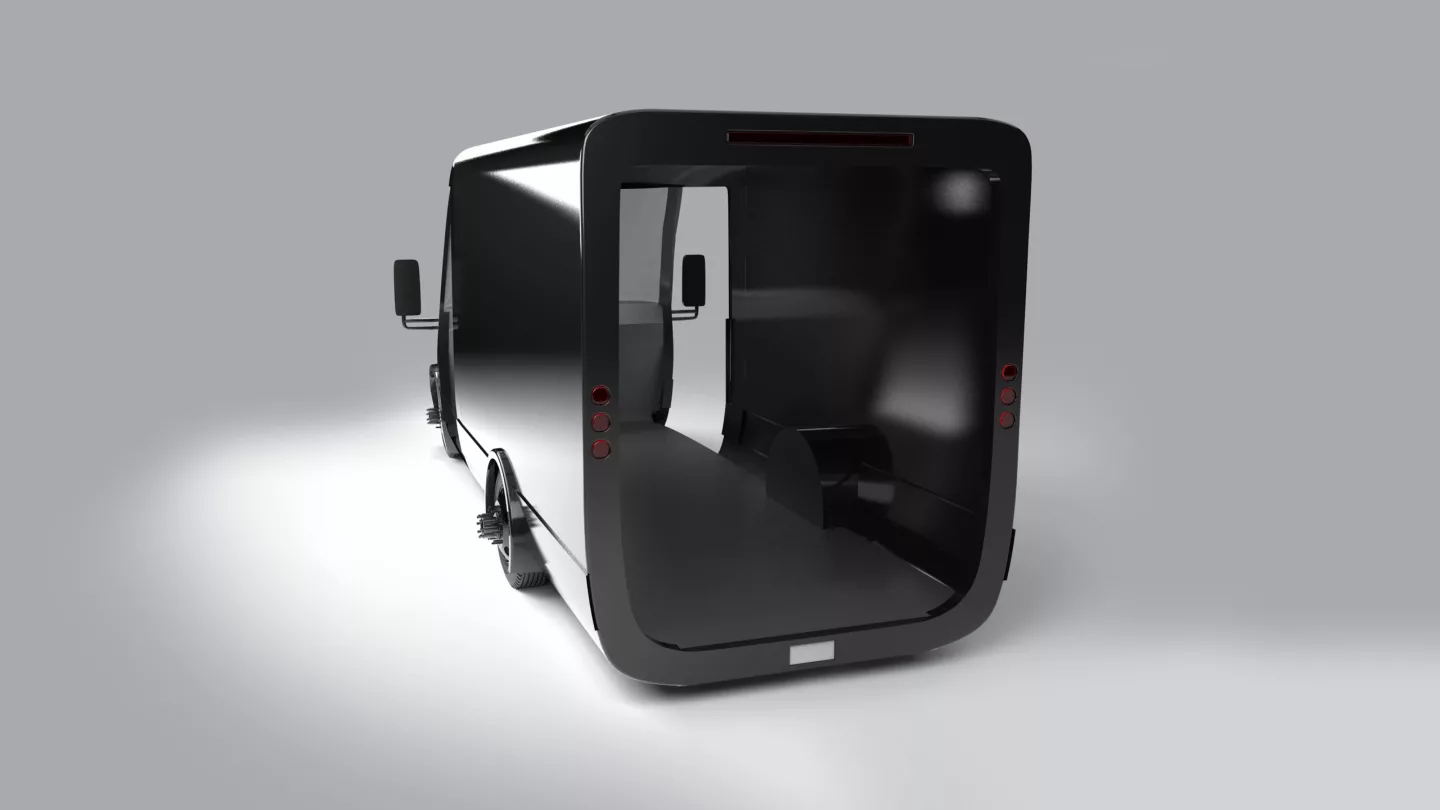
The van will offer universal charge ports allowing DC fast-charge rates up to 100 kW. It'll also have standard ABS, traction and stability control, and hydraulic steering and brakes.
And importantly for commercial and fleet buyers, Bollinger says it'll have a lower total cost of ownership than a diesel- or gasoline-powered van. We'd like to see the figures that's based on out of interest, but electrics certainly cost much less in fuel, require next to no maintenance and have fewer consumable parts, so it's eminently possible given a heavy use schedule.
Source: Bollinger
